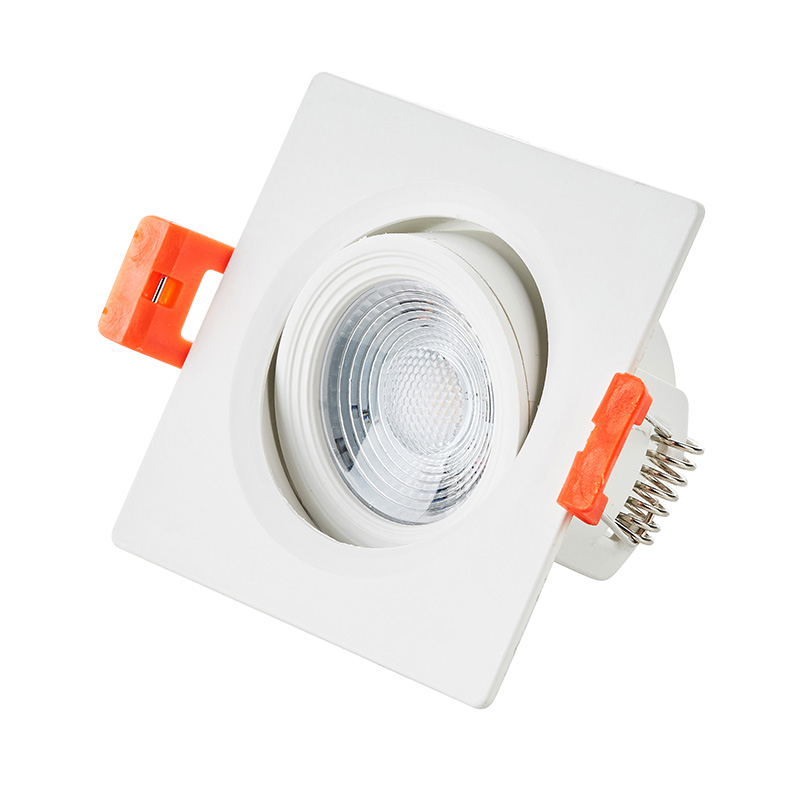 English
English-
 English
English -
 Español
Español -
 Português
Português -
 русский
русский -
 Français
Français -
 日本語
日本語 -
 Deutsch
Deutsch -
 tiếng Việt
tiếng Việt -
 Italiano
Italiano -
 Nederlands
Nederlands -
 ภาษาไทย
ภาษาไทย -
 Polski
Polski -
 한국어
한국어 -
 Svenska
Svenska -
 magyar
magyar -
 Malay
Malay -
 বাংলা ভাষার
বাংলা ভাষার -
 Dansk
Dansk -
 Suomi
Suomi -
 हिन्दी
हिन्दी -
 Pilipino
Pilipino -
 Türkçe
Türkçe -
 Gaeilge
Gaeilge -
 العربية
العربية -
 Indonesia
Indonesia -
 Norsk
Norsk -
 تمل
تمل -
 český
český -
 ελληνικά
ελληνικά -
 український
український -
 Javanese
Javanese -
 فارسی
فارسی -
 தமிழ்
தமிழ் -
 తెలుగు
తెలుగు -
 नेपाली
नेपाली -
 Burmese
Burmese -
 български
български -
 ລາວ
ລາວ -
 Latine
Latine -
 Қазақша
Қазақша -
 Euskal
Euskal -
 Azərbaycan
Azərbaycan -
 Slovenský jazyk
Slovenský jazyk -
 Македонски
Македонски -
 Lietuvos
Lietuvos -
 Eesti Keel
Eesti Keel -
 Română
Română -
 Slovenski
Slovenski -
 मराठी
मराठी -
 Srpski језик
Srpski језик
Causes and Solutions of Heating of LED Llights
2022-02-15
Causes and solutions of heating of LED lights
The reason why the LED heats up is because the added electrical energy is not all converted into light energy, but a part of it is converted into heat energy. The light efficiency of LED is currently only 100lm/W, and its electro-optical conversion efficiency is only about 20~30%. That is to say, about 70% of the electrical energy is turned into heat energy.
Specifically, the generation of LED junction temperature is caused by two factors:
1. The internal quantum efficiency is not high, that is, when electrons and holes are recombined, photons cannot be generated 100%, which is usually referred to as "current leakage", which reduces the recombination rate of carriers in the PN region. The leakage current multiplied by the voltage is the power of this part, which is converted into heat energy, but this part does not account for the main component, because the internal photon efficiency is now close to 90%.
2. The photons generated inside cannot all be emitted to the outside of the chip and finally converted into heat. This part is the main part, because the current so-called external quantum efficiency is only about 30%, and most of it is converted into heat.
Although the luminous efficiency of the incandescent lamp is very low, only about 15lm/W, it converts almost all the electrical energy into light energy and radiates it out. Because most of the radiant energy is infrared, the luminous efficiency is very low, but it eliminates the cooling problem.
Heat dissipation solutions for LED lighting fixtures
Solving the heat dissipation of Led mainly starts from two aspects. Before and after packaging, it can be understood as the heat dissipation of the LED chip and the heat dissipation of the LED lamp. Because any LED will be made into a lamp, the LED core
The heat generated by the chip is always dissipated into the air through the housing of the luminaire. If the heat dissipation is not good, because the heat capacity of the LED chip is very small, a little heat accumulation will quickly increase the junction temperature of the chip. If it works at a high temperature for a long time, its life will be shortened quickly. However, there are many ways that this heat can actually be directed out of the chip to the outside air. Specifically, the heat generated by the LED chip comes out of its metal heat sink, first passes through the solder to the PCB of the aluminum substrate, and then passes through the thermal paste to the aluminum heat sink. Therefore, the heat dissipation of LED lamps actually includes two parts: heat conduction and heat dissipation.
However, the heat dissipation of the LED lamp housing will also have different choices depending on the power size and the place of use. There are mainly the following cooling methods:
1. Aluminum heat dissipation fins: This is the most common heat dissipation method, using aluminum heat dissipation fins as part of the housing to increase the heat dissipation area.
2. Thermally conductive plastic shell: Fill the thermal conductive material during injection molding of the plastic shell to increase the thermal conductivity and heat dissipation capacity of the plastic shell.
3. Air hydrodynamics: Using the shape of the lamp housing to create convection air, which is the lowest cost way to enhance heat dissipation.
4. Fan, long-life high-efficiency fan is used inside the lamp housing to enhance heat dissipation, with low cost and good effect. However, it is more troublesome to replace the fan, and it is not suitable for outdoor use. This design is relatively rare.
5. Heat pipe, using heat pipe technology to conduct heat from the LED chip to the heat dissipation fins of the shell. It is a common design in large lamps such as street lamps.
6. Surface radiation heat dissipation treatment, the surface of the lamp housing is treated with radiation heat dissipation treatment, which can take the heat away from the surface of the lamp housing by radiation.
Generally speaking, the luminous efficiency of LEDs is still relatively low at present, which causes the junction temperature to rise and the lifespan to decrease. In order to reduce the junction temperature to increase the life, it is necessary to pay great attention to the problem of heat dissipation.

The reason why the LED heats up is because the added electrical energy is not all converted into light energy, but a part of it is converted into heat energy. The light efficiency of LED is currently only 100lm/W, and its electro-optical conversion efficiency is only about 20~30%. That is to say, about 70% of the electrical energy is turned into heat energy.
Specifically, the generation of LED junction temperature is caused by two factors:
1. The internal quantum efficiency is not high, that is, when electrons and holes are recombined, photons cannot be generated 100%, which is usually referred to as "current leakage", which reduces the recombination rate of carriers in the PN region. The leakage current multiplied by the voltage is the power of this part, which is converted into heat energy, but this part does not account for the main component, because the internal photon efficiency is now close to 90%.
2. The photons generated inside cannot all be emitted to the outside of the chip and finally converted into heat. This part is the main part, because the current so-called external quantum efficiency is only about 30%, and most of it is converted into heat.
Although the luminous efficiency of the incandescent lamp is very low, only about 15lm/W, it converts almost all the electrical energy into light energy and radiates it out. Because most of the radiant energy is infrared, the luminous efficiency is very low, but it eliminates the cooling problem.
Heat dissipation solutions for LED lighting fixtures
Solving the heat dissipation of Led mainly starts from two aspects. Before and after packaging, it can be understood as the heat dissipation of the LED chip and the heat dissipation of the LED lamp. Because any LED will be made into a lamp, the LED core
The heat generated by the chip is always dissipated into the air through the housing of the luminaire. If the heat dissipation is not good, because the heat capacity of the LED chip is very small, a little heat accumulation will quickly increase the junction temperature of the chip. If it works at a high temperature for a long time, its life will be shortened quickly. However, there are many ways that this heat can actually be directed out of the chip to the outside air. Specifically, the heat generated by the LED chip comes out of its metal heat sink, first passes through the solder to the PCB of the aluminum substrate, and then passes through the thermal paste to the aluminum heat sink. Therefore, the heat dissipation of LED lamps actually includes two parts: heat conduction and heat dissipation.
However, the heat dissipation of the LED lamp housing will also have different choices depending on the power size and the place of use. There are mainly the following cooling methods:
1. Aluminum heat dissipation fins: This is the most common heat dissipation method, using aluminum heat dissipation fins as part of the housing to increase the heat dissipation area.
2. Thermally conductive plastic shell: Fill the thermal conductive material during injection molding of the plastic shell to increase the thermal conductivity and heat dissipation capacity of the plastic shell.
3. Air hydrodynamics: Using the shape of the lamp housing to create convection air, which is the lowest cost way to enhance heat dissipation.
4. Fan, long-life high-efficiency fan is used inside the lamp housing to enhance heat dissipation, with low cost and good effect. However, it is more troublesome to replace the fan, and it is not suitable for outdoor use. This design is relatively rare.
5. Heat pipe, using heat pipe technology to conduct heat from the LED chip to the heat dissipation fins of the shell. It is a common design in large lamps such as street lamps.
6. Surface radiation heat dissipation treatment, the surface of the lamp housing is treated with radiation heat dissipation treatment, which can take the heat away from the surface of the lamp housing by radiation.
Generally speaking, the luminous efficiency of LEDs is still relatively low at present, which causes the junction temperature to rise and the lifespan to decrease. In order to reduce the junction temperature to increase the life, it is necessary to pay great attention to the problem of heat dissipation.





